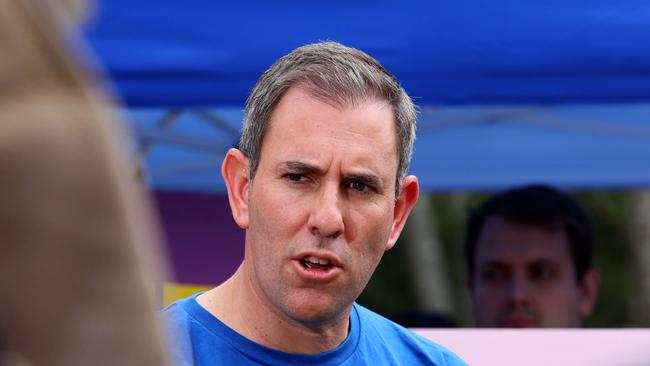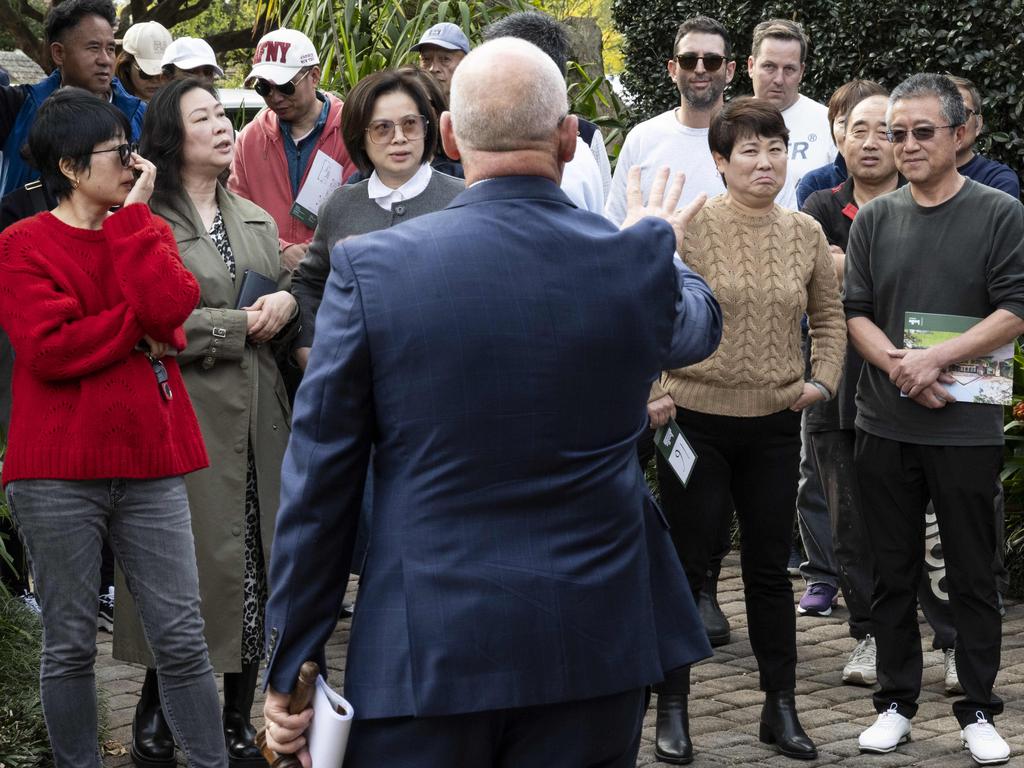Treasury’s migrant push borders on the deceptive


This description is particularly apt for those Treasury economists who have tried to estimate the fiscal impact of migrants. The exercise is completely assumption-driven but concludes that skilled migrants have a positive lifetime fiscal impact, whereas everyone else – including those of us born here – have a negative one.
Just think about it. On this logic, locals should be asked to leave the country and we should jack up skilled immigration without limit. Of course, we can’t have any family migrants – they generate negative fiscal impacts – and don’t even think about refugees because their fiscal impacts are deeply negative.
The exercise is flawed and arguably unethical. The positive fiscal impact of skilled migrants essentially is driven by the fact other countries, generally much poorer than Australia, have borne the costs of early childhood and educating the migrants.
When they arrive in their 20s, they can hit the ground running, particularly those who have been sponsored by employers, and the federal budget is enhanced as a result. The fact India, for example, may be better served if its locally trained doctors stay to work in their birthplace is not a concern for Treasury officials.

The same can be said of Australia poaching health professionals from the UK’s National Health Service.
It needs to be borne in mind that for some time Treasury has been a strong supporter of high rates of immigration. There is even a section within Treasury, the Centre for Population, that undertakes work on population and immigration matters. For a central agency once known for its high standard of technical competence and reasoned policy advice, Treasury has veered into the realm of propaganda with its advocacy of high rates of population growth brought about by high migrant intakes.
It’s worth taking a look at the results of the Treasury study on fiscal impacts to identify the flaws and why the implications for policy are so misleading. It’s also worth reviewing results of more sober studies undertaken by the Bureau of Immigration Research and the Productivity Commission to put the findings in context.
First, let me outline the main findings of the report The Lifetime Fiscal Impact of the Australian Permanent Migration Program released in December 2021. According to the blurb, “migrants from the Skill stream have the most positive lifetime fiscal impact, followed by the Family stream and the Humanitarian stream”. This reads as though the fiscal impacts of all visa categories are positive, it’s just that for the family and humanitarian streams they are lower. But the figures tell a different story. The lifetime fiscal impact of family migrants is minus $128,000 and of humanitarian migrants it’s an enormous minus $400,000. (Either the authors are bad at English expression or the summary was deliberately deceptive.)
It would be interesting to know the extent to which the positive fiscal impact of skilled migrants is dominated by overseas trained doctors whose incomes are underwritten by state health departments and Medicare.
The second point is that the report covers only permanent migrants whereas net overseas migration (long-term arrivals minus long-term departures) has been dominated by temporary migrants for some time.
According to the recent figures, annual NOM is running at more than 450,000, while the permanent intake is set at 190,000 a year. In other words, permanent migrants make up much less than half of the overall intake. As a result, the Treasury’s analysis is both partial and misleading.
Its report claims that the required additional infrastructure (including housing) because of immigration is accounted for. Unfortunately, there are no details on how this extraordinarily difficult exercise is done. The reality is that the infrastructure costs of having the population grow at 1.5 per cent, say, rather than 0.5 per cent are immense, particularly given the current problems in the infrastructure sector – escalating costs and massive delays. (The assumptions about the underlying supply curves are critical, with all indicators pointing to very steep and discontinuous curves.)
Of course, it doesn’t end with physical infrastructure: more migrants mean we need more healthcare workers, more teachers, more service sector workers; the list goes on. Again, in the context of difficulties in recruiting many of these workers, the costs are likely to rise very rapidly as demand increases.
It’s worth returning to some sensible past reports on this topic. The now defunct Bureau of Immigration Research commissioned several studies on the fiscal impact of immigration.
The findings were clear: the federal government stands to benefit because of the extra income tax revenue but the states bear the fiscal costs, including the provision of government services and infrastructure. There is some additional revenue for the states through taxation, but it falls far short of the additional demands on state budgets.
Consider also the work undertaken by the Productivity Commission on the economic impact of immigration. There is little doubt that the short-run impact of migration is to reduce productivity because of the dilution of capital – more people and the capital stock takes time to build up. After 20 years, the economic impact of immigration is slightly positive but the gains are essentially captured by the migrants themselves.
The Productivity Commission also has demonstrated that the impact of immigration on the demographic profile of the population is not significant because the migrants themselves age. The point is made that Australia’s immigration policy “is its de facto population policy. Decisions about immigration policy should be made within a broad context and explicitly take into account the associated economic, social and environmental impacts. Community values and perspectives should inform the policy”.
There is no doubt that population and immigration are topics both here and overseas that are quickly climbing up the list of people’s concerns. The Albanese government has been caught flat-footed on the topic in the mistaken belief that the recent surge in the migrant intake is a temporary phenomenon, making up for the hiatus caused by Covid. Jim Chalmers also has declared (wrongly) there is nothing the government can do because temporary visas are uncapped and do not form part of policy.
The danger here is that the Treasurer is being given highly selective advice from Treasury to the effect that there would be a fiscal cost to cutting the migrant intake and should therefore be rejected. These dodgy estimates could even emerge in an election campaign. Let’s also not forget that the Treasury study takes no account of the external costs of immigration – congestion, environmental degradation, loss of social cohesion and the like.
The preferred approach should be to reduce the permanent intake as well as place caps on the entry of temporary migrants. It’s also important to ensure that temporary means just that – temporary entrants should be given a clear expectation of returning to their country of origin within a reasonable time frame. There is no doubt that our groaning infrastructure needs a breather. Moreover, the move would be welcomed by most of the population.






It is often said economists know the price of everything but the value of nothing.